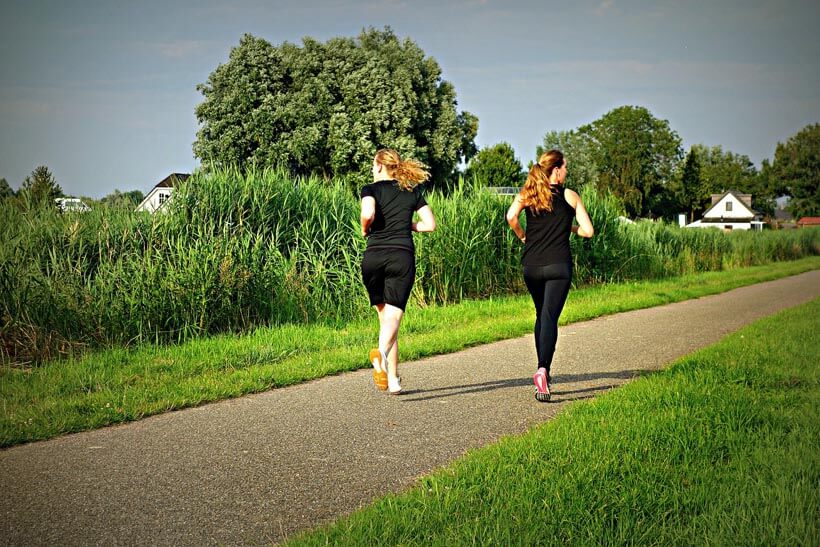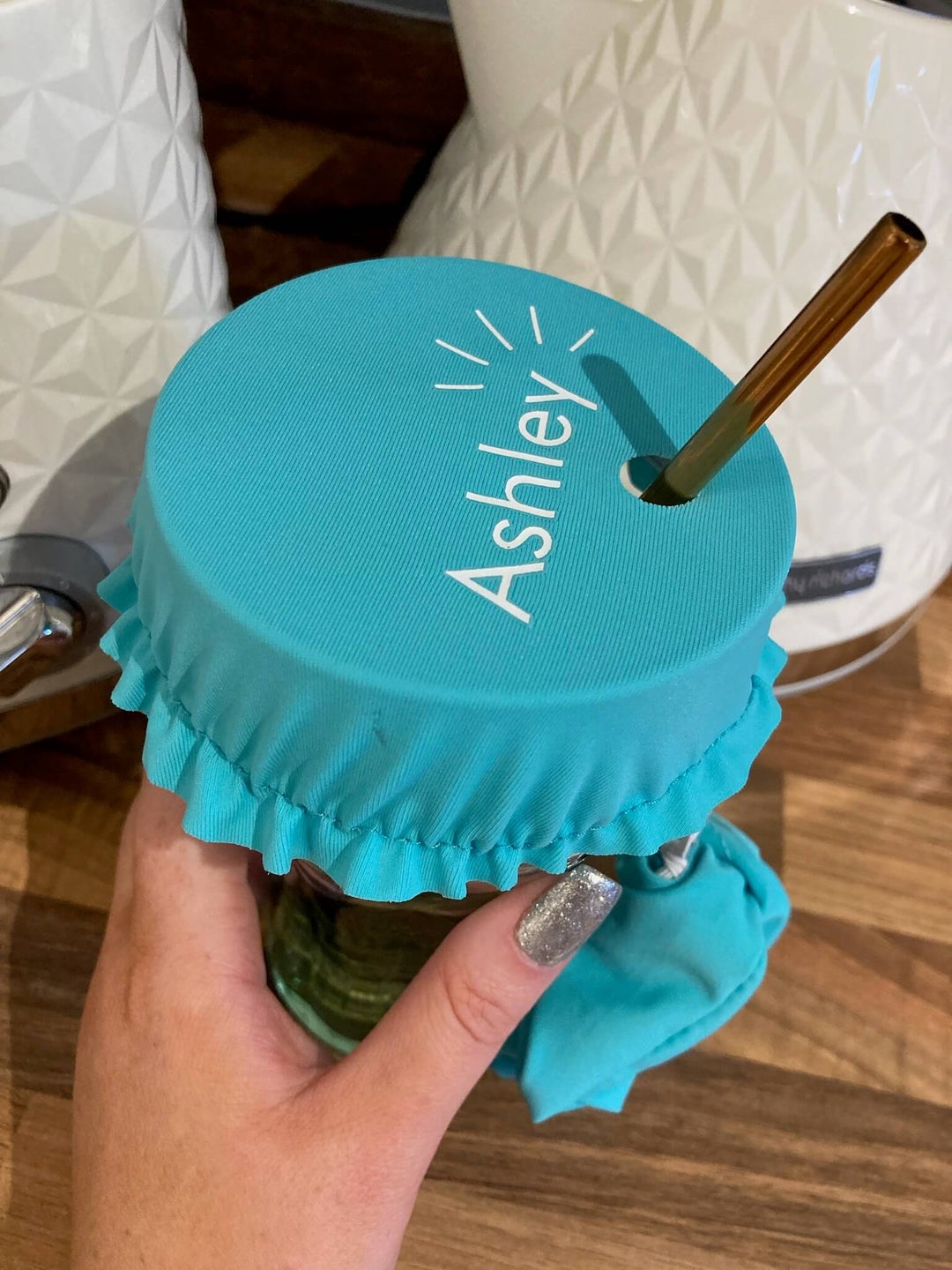Safety has never been more of a concern for runners. More and more people are feeling scared and anxious to run alone, whether it’s during the day or night.
In fact, one in three women say they have been harassed while running in the UK.
Running is one of the best forms of exercise to improve both physical and mental health, yet many people are choosing to stay at home over fears about their safety.
There have been several reports of people (mainly women) being stalked or attacked while out running in the past year or two. With this increase in the number of attacks on women that are occurring on the streets nowadays, it’s no surprise that female runners are all feeling more concerned than ever when it comes to our running safety.
Nobody deserves to feel worried about their safety when they are running. We can all but hope that things will change and runners can begin to feel more secure while they are outside, but this shift may take a while.
Unfortunately, you can’t control what other people do and you won’t always be able to predict a potential attacker’s next moves. Luckily, there are things that you can do to maximize your safety when you’re exercising on your own outside.
Here are some top tips on how to stay safe while running in the daytime or night time.
1. Carry a Personal Safety Alarm
A personal safety alarm is a small electronic device that you can carry on your person while you’re running. It can either be hung around your neck or fastened to your sports bra, leggings, or jacket.
These alarms are small and light, so they won’t get in your way as you are running. Despite being small, they are extremely effective and can emit a very loud noise when activated.
If you suspect that somebody is stalking you or if you are being attacked, you can press a button on the personal safety alarm to activate the device. As soon as you do so, the alarm will emit a loud, piercing sound to alert anybody who is in the vicinity.
The loud sound of the attack alarm will either scare the attacker away or catch other people’s attention so that they can help you out. Attack alarms can also act as deterrents to prevent people trying to attack you in the first place.
2. Ditch the Headphones
As motivating as music can be while you’re running, it can also be a huge distraction.
It might feel counterintuitive for you to run without listening to your favourite album but it’s worth embracing a music-free run to keep yourself safe.
Running without earphones (or headphones, for that matter) enables you to listen to your surroundings. You’ll be more aware of what’s going on around you, so you can react if you feel as though you are in danger.
This is particularly important if you usually run at night or in isolated, quiet areas. Keeping your ears ‘open’ means that you can easily hear somebody sneaking up behind you or rustling in the nearby bushes, or a car driving slowly next to you.
3. Run During the Day
If possible, try and run in the day time hours when it’s lighter. Not only does this ensure that you are visible to drivers and other pedestrians, but it also makes it much harder for an attacker to sneak up on you.
Even when you’re running outside in the day time, you should avoid going down dark alleyways or poorly lit areas. Stick to the roads and parks where you will pass other runners or dog walkers regularly.
For those of you who are only able to run during the evening or night time hours, consider joining a gym where you can run indoors on a treadmill.
4. Run With Your Friend(s)
One of the best ways to maximise your safety while running is to take a friend along with you. There is safety in numbers and you are much less likely to be attacked if you’re in a group of two people or more.
Even if you and your friend can’t fight off an attacker, one of you will be able to call emergency services to get help immediately.
If you have more than one friend who enjoys running or there is a local running club in your area, even better! You can run in a small group to deter attackers and stay safe.
Not only does having a running buddy enhance your safety but it might also improve your performance. You and your friend can motivate each other along the way!
For those of you who have a dog, consider bringing them with you on your runs too. Your favourite friend will enjoy the exercise and can also provide extra protection. Make sure to keep your eyes on your dog at all times to prevent them from getting lost or being stolen.
Even if your dog isn’t large and intimidating, many attackers will avoid making a move if they see that you have a companion.
5. Make Yourself Visible
Whether you are running in the day or night, it’s always advisable to wear reflective workout gear to increase your visibility.
There are lots of different high-vis running clothes to choose from, so you don’t have to compromise on comfort for aesthetics to stay safe. Most of them have reflective bands that are bright yellow, orange, and white.
You might even want to strap a small torch onto your armband or jacket. This makes you more visible and also lights up your path if you’re running in the dark.
Making yourself more visible means that passers-by will be able to spot you if you run (literally) into danger. They will be able to scare the attacker away or call for help.
It’s also recommended that, for women to stay safe while running, they should run in the direction that faces into the oncoming traffic. This improves your visibility and makes it easier for you quickly react if a car swerves a little too close to the pavement.
6. Run With Your Phone
Although running with your phone might feel like you’re making yourself more of a target to attackers and thieves, it can actually act as a form of safety.
Carrying your phone somewhere on your person where it’s easy to reach means that you can make a call as quickly as possible if you’re in danger. You might need to call your partner or parents for a lift if you are injured or the emergency services if you need medical assistance.
Most people don’t like holding their phones as they run, which is completely understandable. You can get armbands or waistbands that will keep your phone securely in place as you’re running so you don’t have to hold it.
Before you leave your home for a run, check that you have all of the emergency contacts that you might need saved in your phone. It might be worth informing one of your emergency contacts that you are heading out and telling them where you plan on running.
7. Use a GPS Tracking Device
Nowadays, most mobile phones and smartwatches have real-time GPS trackers built into the device. This GPS tracking can be invaluable when you’re running alone.
If anything happens to you, it will be much easier to find your location when you have a GPS-tracked device on your person. You can feel a little more relaxed and enjoy your run knowing that you will be easy to find if anything goes wrong.
You can also pair your GPS device to a friend’s or family member’s phone so that they can keep an eye on you as you’re out running. They will be able to spot any unusual activity in your direction or speed, which may indicate that something is wrong.
8. Research Your Route
You might run the same route every day, so you’ll be very familiar with it. This can be helpful to prevent you from getting lost along the way. You don’t want to end up running somewhere completely new and ending up miles away from home, vulnerable and alone.
But on the other hand, you should avoid running the exact same way at the same time every time you go out. If somebody is watching you, they will know exactly where you’re going to be and what days you will be there.
To prevent an attacker from predicting your running location, keep things varied and switch up your route every so often. It might be helpful to find 4-5 different routes in your area that you enjoy running and randomly choosing one of these routes each time you head out for a run.
If you’ve just moved to a new area, consider taking a friend with you to explore potential running routes. Alternatively, you can take a walk around the area to scout any paved paths or busy parks that could make the perfect running route for you.




















Leave a comment
This site is protected by hCaptcha and the hCaptcha Privacy Policy and Terms of Service apply.